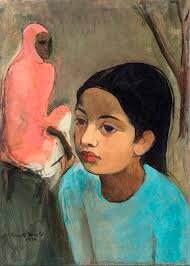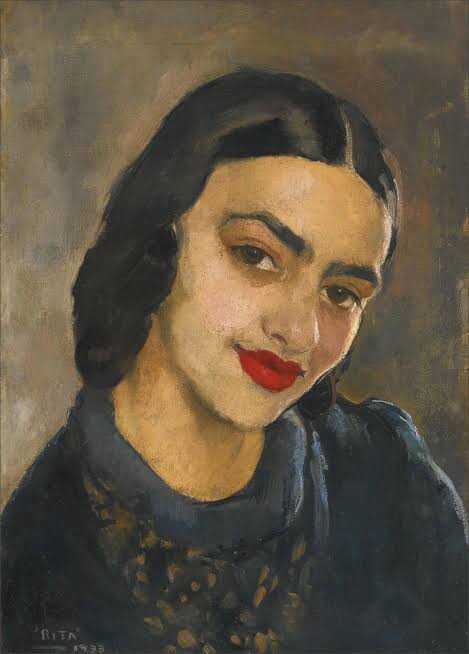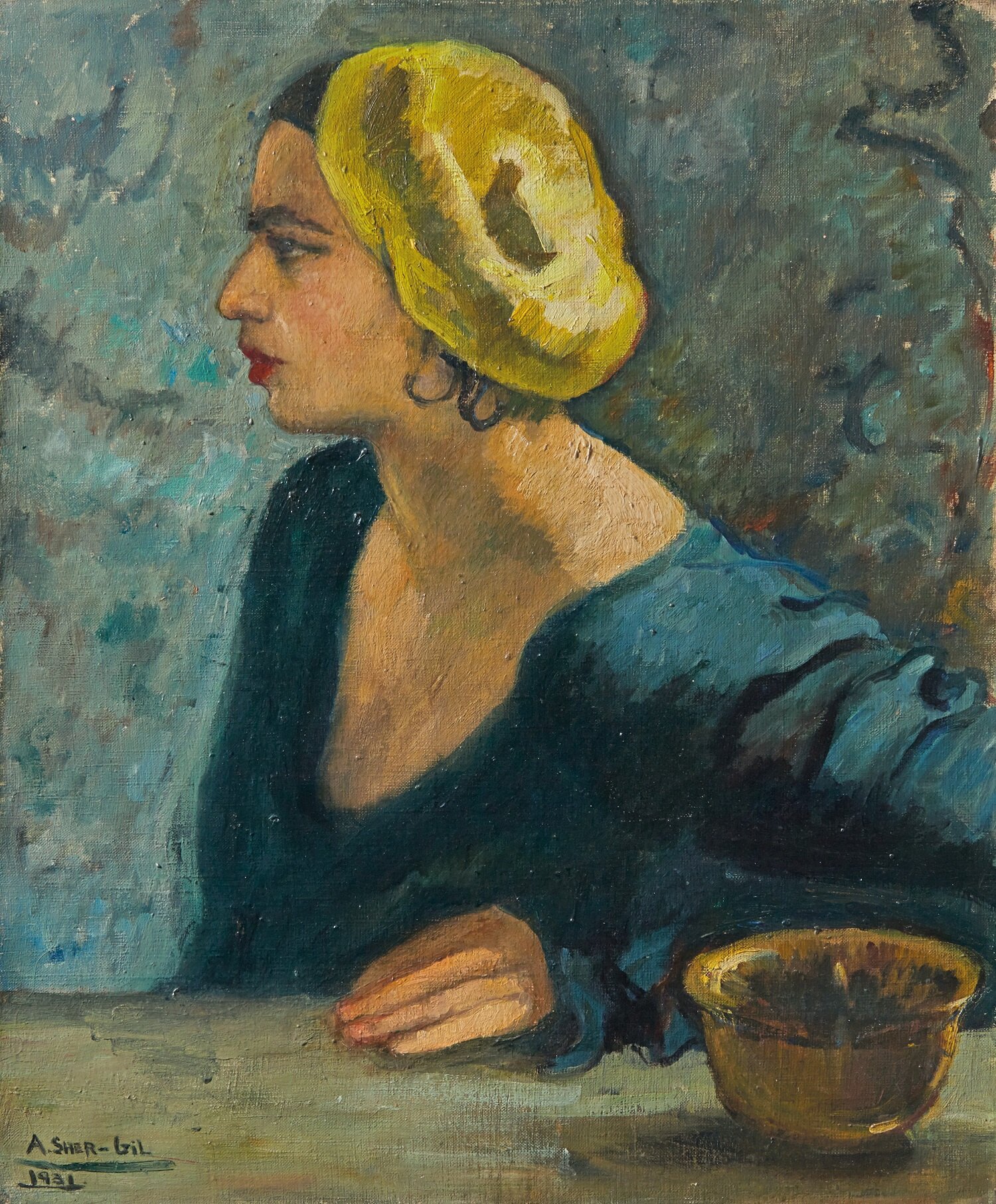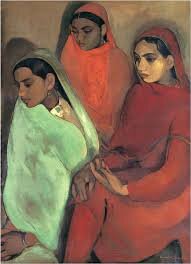Amrita Sher-Gil was born on 30 January 1913. She was a Hungarian-Indian painter. She has been called "one of the greatest avant-garde women artists of the early 20th century" and a "pioneer" in modern Indian art. Drawn to painting from an early age, Sher-Gil started getting formal lessons in the art, at the age of eight. She first gained recognition at the age of 19, for her oil painting titled Young Girls (1932).
Self Portrait
Sher-Gil traveled throughout her life to various countries including Turkey, France, and India, deriving heavily from Indian art styles and its culture. Sher-Gil's paintings are among the most expensive by Indian women painters today, although few acknowledged her work when she was alive.
Mother India
Sher-Gil's early paintings display a significant influence of the Western modes of painting, more specifically, the post-impressionism style. Her 1932 oil painting, Young Girls, came as a breakthrough for her; the work won her accolades, including a gold medal and election as an Associate of the Grand Salon in Paris in 1933.
She was the youngest ever member, and the only Asian to have received this recognition. Her work during this time include a number of self-portraits, as well as life in Paris, nude studies, still life studies, and portraits of friends and fellow students. Sher-Gill returned to India at the end of 1934. In May 1935, Sher-Gil started working as assistant editor and leader writer for The Calcutta Statesman. She was greatly impressed and influenced by the Mughal and Pahari schools of painting and the cave paintings at Ajanta.
Bride's Toilet, Brahmacharis, and South Indian Villagers Going to Market paintings reveal her passionate sense of color and an equally passionate empathy for her Indian subjects. She had found her 'artistic mission' which was, according to her, to express the life of Indian people through her canvas.
Sher-Gil's art was strongly influenced by the paintings of the two Tagores, Rabindranath and Abanindranath who were the pioneers of the Bengal School of painting. Her portraits of women resemble works by Rabindranath while the use of 'chiaroscuro' and bright colors reflect the influence of Abanindranath.
Three Girls, 1935
The Government of India has declared her works as National Art Treasures, and most of them are housed in the National Gallery of Modern Art in New Delhi. A postage stamp depicting her painting 'Hill Women' was released in 1978 by India Post, and the Amrita Shergil Marg is a road in Lutyens' Delhi named after her. In 2006, her painting Village Scene sold for ₹6.9 crores at an auction in New Delhi which was at the time the highest amount ever paid for a painting in India.








